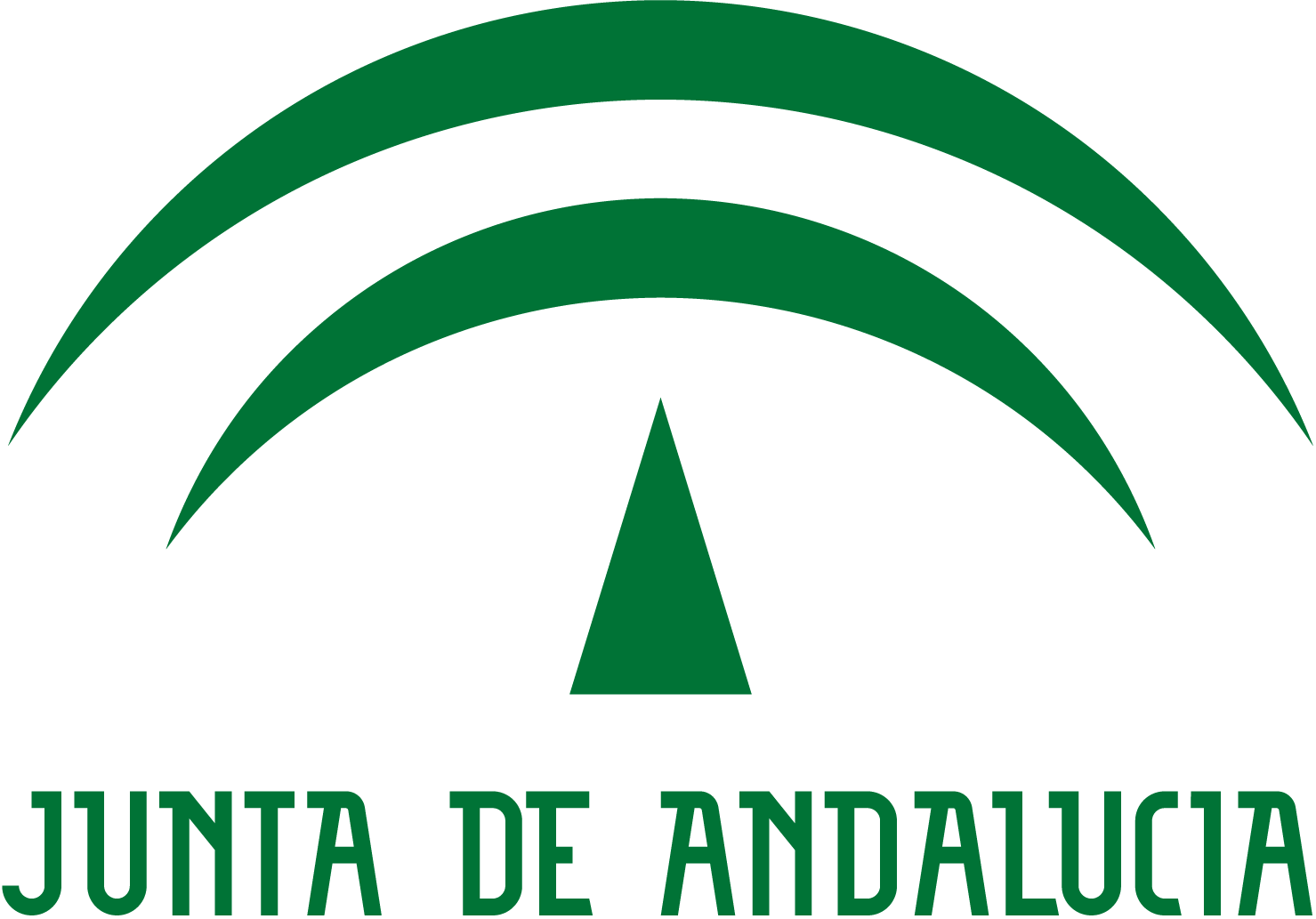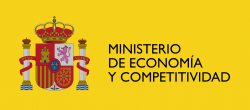MONCLIL
Content and Language Integrated Learning in Monolingual Contexts
Resumen
La presente investigación ha realizado un análisis cuantitativo y cualitativo del funcionamiento de los programas bilingües en contextos monolingües. Para ello, ha estudiado los efectos del Aprendizaje Integrado de Contenidos y Lenguas Extranjeras (AICLE) en la competencia lingüística en inglés y español y en el conocimiento de las asignaturas de contenido impartidas en lengua extranjera en Educación Primaria y Secundaria. La investigación, liderada por la UJA, cuenta con la colaboración de 20 investigadores de todas las universidades andaluzas, de la Universidad de Extremadura y de la Universidad de Las Palmas de Gran Canaria. En ella, han participado un total de 53 centros públicos, privados y concertados en las 12 provincias de Andalucía, Extremadura y Canarias, 2.245 alumnos de 6º de Educación Primaria y 4º de ESO, 333 profesores y 595 padres y madres. Se distingue de estudios anteriores por su tamaño muestral, el más amplio utilizado hasta el momento en este tipo de estudios, por la homogeneidad del alumnado participante, por las variables intervinientes analizadas, por estudiar los efectos del bilingüismo a lo largo de un año y medio, y por su actualización, ya que mide el impacto del AICLE tras 10 años de aplicación.
De la investigación se extrae que los grupos bilingües obtienen resultados significativamente mejores que los no bilingües en gramática, vocabulario, uso del inglés y las cuatro destrezas tanto al final de Educación Primaria como, sobre todo, al final de la ESO. En el caso de la lengua materna y de las asignaturas de Ciencias Naturales impartidas en inglés, el programa bilingüe también tiene una influencia positiva, principalmente a largo plazo. Asimismo, se muestra que el bilingüismo está funcionando de forma igualmente exitosa en contextos socioeconómicos de diversa índole. Además, destacan hallazgos como que los programas bilingües animan al alumnado a incrementar su exposición al inglés más allá del aula, ya que la media semanal de horas de exposición al inglés es significativamente superior en el alumnado bilingüe; que el aumento de la exposición a esta lengua a través de clases puramente de inglés instrumental, por ejemplo en academias, no tiene un efecto tan positivo como su incremento a través de clases de contenido, en las que se favorece la exposición de forma más inconsciente y significativa; y que cuanto mayor es la exposición al inglés (tanto a través de academias como de AICLE), mayor es el rendimiento lingüístico.
Cualitativamente, mediante un análisis DAFO, se ha constatado el considerable avance de estos programas en las tres comunidades autónomas desde su implantación hace una década, sobre todo en el nivel lingüístico del profesorado, la aplicación de metodologías más comunicativas y una evaluación más formativa y diversificada. Como escollos, aparecen el apoyo de las autoridades educativas, la atención a la diversidad y la formación continua del profesorado, ante lo que la UJA ha propuesto un nuevo Máster Interuniversitario online en Enseñanza Bilingüe y AICLE.
Summary
This investigation has carried out a large-scale evaluation of CLIL programs within the English bilingual sections of three of the monolingual communities in Spain which have the least tradition in bilingual education (Andalusia, Extremadura, and the Canary Islands). To this end, it has studied the effects of CLIL on the English language competence, Spanish language competence, and content knowledge of those subjects taught through the foreign language (FL) of Primary (6th grade) and Secondary (4th grade of CSE) Education students. The study, led by the University of Jaén, has involved 20 researchers from all Andalusian universities, the University of Extremadura and the University of Las Palmas de Gran Canaria. It has worked with a total of 53 public, charter, and private schools in the 12 provinces of these three autonomous communities and with a sample of 2,245 students, 333 teachers, and 595 parents. It supersedes the lacunae presented by previous investigations in the size of its sample (the largest in studies hereto conducted), in guaranteeing the homogeneity of bilingual and non-bilingual students, in the intervening variables it has factored in, in its longitudinal focus, and in its recency, as it has measured the impact of CLIL after 10 years of implementation.
The results accruing from the investigation evince that bilingual cohorts obtain significantly superior outcomes than non-bilingual groups in grammar, vocabulary, use of English, and the four skills, already by the end of Primary education, but more markedly so at the end of Compulsory secondary Education. Vis-à-vis the mother tongue and the Natural Science subjects taught through the foreign language, the bilingual program also exerts a positive influence, especially in the long term. In addition, it transpires that CLIL is working successfully in different socioeconomic contexts. It also appears that bilingual programs are encouraging students to seek out more exposure to English beyond the confines of classroom, as the mean amount of hours of extramural exposure to English is significantly higher for bilingual students. Another interesting finding is that exposure to the foreign language through formal English classes (e.g., in academies) does not exert such a positive effect as increasing exposure to the language through content classes where input is more communicative, meaningful, and unconscious. Finally, our outcomes also evince that the greater the exposure to English (both through academies and CLIL), the higher the linguistic achievement.
Qualitatively, the study has probed students’, teachers’, and parents’ satisfaction with all the curricular and organizational aspects of CLIL schemes and carried out a detailed SWOT analysis of the way in which they are functioning, according to the key players involved in their grassroots, bottom-up implementation. The results evince that considerable strides have been taken in the implementation of these programs over the course of the past decade, especially regarding teachers’ language level, the application of student-centered methodologies, and the use of a more formative, holistic, and diversified type of evaluation. The most conspicuous weaknesses affect the support provided by educational authorities, attention to diversity, and ongoing professional development. In order to address the latter niche, the University of Jaén has proposed a new online Master’s in Bilingual Education and CLIL.


